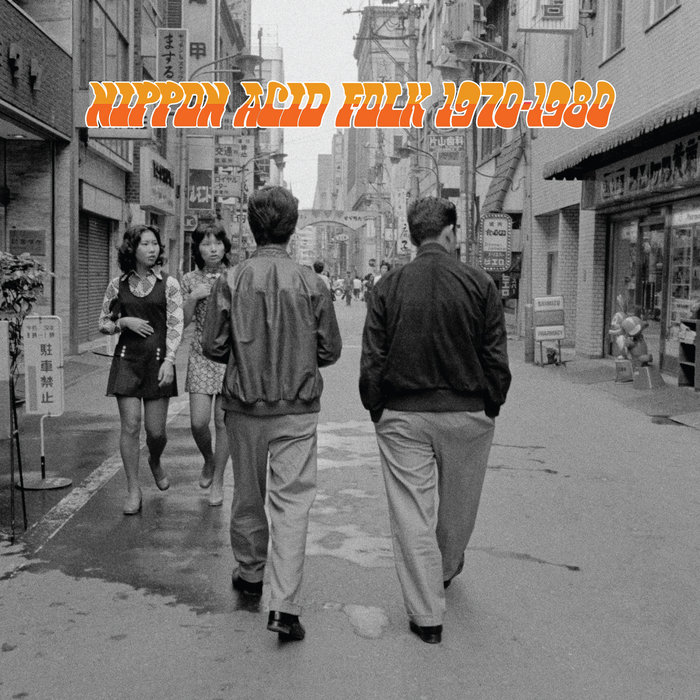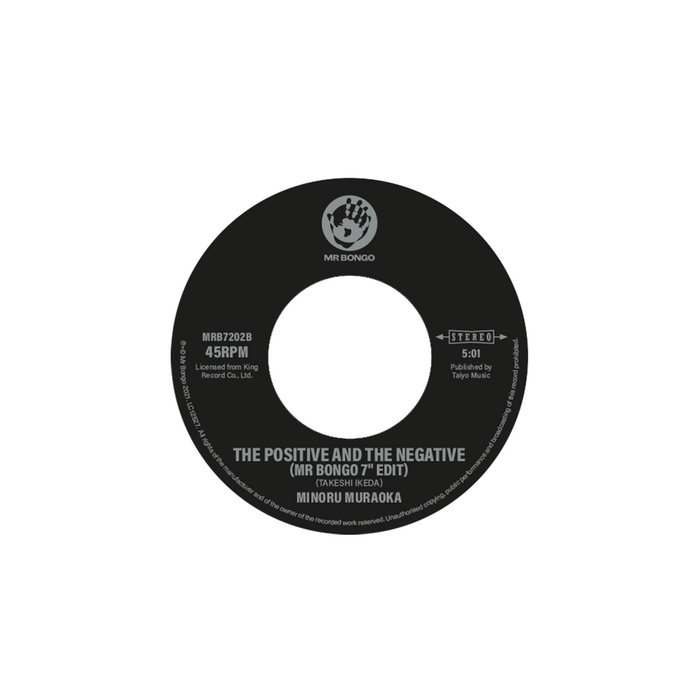
Kawa (River) – Hiroki Tamaki
this blog is GROOVY – check out great Soul, Funk, Jazz, Hip Hop, Bass, Breaks , Reggae, House n many more TUNES
Let’s take a funky ride through the colorful world of Japanese folk music, a genre that pulses with history, rich traditions, and some delightful quirks. This isn’t just any musical stroll; it’s a dance through time where each note tells a story!
Japanese folk music, or min’yō, has roots that dig deep into the heart of Japan’s culture. Emerging around the Edo period (1603-1868), these tunes were often born from everyday life—think harvests, festivals, and communal gatherings. Farmers would sing while plowing fields or illustrate their tales during tea ceremonies. You can almost hear echoes of laughter as they picked up their instruments!
What sets this genre apart is its regional diversity; every area in Japan has its flavor and style! From the rhythmic beats of Tsugaru-jamisen from Aomori to the lilting songs of Okinawan sanshin, you’re practically traveling through Japan without leaving your living room.
Now let’s groove into some instruments! Traditional Japanese folk music comes alive with unique sounds crafted by iconic instruments like:
Shamisen: This three-stringed beauty looks simple but packs a punch! Made from wood covered in animal skin (and sometimes featuring flashy designs), it delivers haunting melodies.
Taiko: Not just your neighborhood garage band drum—these large drums come out for festive occasions and are all about power! You’ll feel it thumping in your chest.
Hichiriki: A double-reed instrument used in court music that adds depth to traditional pieces—like adding sprinkles on an already delicious cake!
And here’s a funny tidbit: Some shamisen players actually have been known to use dog skin instead of cat skin for their instrument skins due to availability concerns. Talk about mixing things up in a pawsome way!
As decades rolled on, Japanese folk music didn’t just sit still—it evolved like an ever-changing chameleon at a disco party! During the Meiji Restoration (1868), Western influences started creeping into traditional sounds. Folks began experimenting with hybrids; imagine tinkering with classic dishes until they become something entirely new.
One standout character was Kyu Sakamoto, who took “Ue o Muite Arukou” (“I Look Up When I Walk”) to international fame back in 1961—the first Japanese song ever to top Billboard charts worldwide! His catchy tune had people humming along even if they didn’t understand its lyrics.
The journey wasn’t always serious business, though. There are plenty of giggles hidden among notes:
Dancing Bandits: In regions like Kumamoto Prefecture, there were notoriously cheeky musicians known as “bandit performers.” They’d show up uninvited at events but offered quality entertainment—imagine someone crashing your wedding but making everyone breakdance!
No Mic Needed: Many musicians would perform acoustically because amplifiers were considered too “flashy!” So picture this—a whole crowd gathers around someone yelling over loud drums while trying not to trip over their own feet dancing!
Silly Lyrics: Some folk songs featured hilarious lyrics detailing mishaps or local legends—for instance, one goes on about how frogs complain when it rains too much… because nobody likes soggy socks!
Fast forward past decades full speed ahead—you’ve got modern artists embracing these timeless roots while sticking unique styles on them like badges! Bands such as Kenshi Yonezu or groups infusing pop elements captivate newer generations without losing those good old-fashioned vibes.
Oh wait—not everything blends smoothly all the time… One notable moment involved contemporary artist Rimi Natsukawa. She once performed live wearing traditional attire so intricate she literally couldn’t walk properly—and ended up stuck mid-stage until her handler rushed over for rescue!
So what do we learn from this groovy escapade? Japanese folk music is more than just old-timey tunes—it captures dreams & stories that connect across ages filled with laughter and culture forms evolving gracefully throughout history.
Next time you find yourself tapping your toes listening away at home—or better yet attending Festivities celebrating cultural heritage—remember those silly moments sprinkled amongst beautiful melodies breathing rhythm into memories shared long ago alongside jokes never meant for fancy pants discussions but perfect fun storytelling enjoyed everywhere today!
Let’s keep strumming our shamisen strings while skipping between ancestors’ footsteps echoing today—it truly is quite harmonious indeed!

Kawa (River) – Hiroki Tamaki

The Positive and the Negative (Mr Bongo 7″ Edit) – Minoru Muraoka